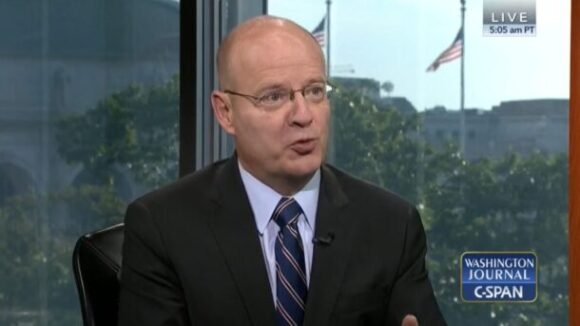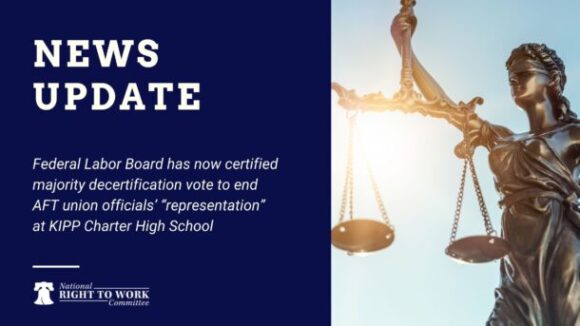Will Team Biden Weaponize Workers’ Pensions?
Big Labor abuse of worker pension and benefit funds as a means of advancing union bosses’ self-aggrandizing policy objectives is a familiar phenomenon.

The U.S. Census Bureau (BOC) tracking of privately-owned, single-unit housing authorizations in the 50 states shows that there were 3.64 permits for construction of privately-owned, single-unit houses per 1,000 residents in the 27 Right to Work states as a group last year. That’s well over double the average of 1.55 per 1,000 residents in the 23 forced-unionism states.
According to a nationwide survey of renters conducted last year by Apartment List, a private service company that connects renters with apartment listings, Americans who are in their twenties and thirties today, and commonly labeled as “millennials,” overwhelmingly aspire and expect to become homeowners eventually.
Among the more than 10,000 renters who responded to the survey, just 12.3% plan to “always rent.” And among the overwhelming majority who plan to own a home, 70% say they are waiting “because they cannot afford to buy.” Similarly, among those who plan never to buy a house, 69% say they will always rent “because they cannot afford not to.”
Fortunately, single-family housing is far more affordable in some regions of the country than in others. And the BOC’s data have long shown that making the transition from renter to homeowner is far less difficult in Right to Work states than in states where employees aren’t protected from compulsory unionism.
The correlation between Right to Work laws prohibiting forced union dues and fees and single-unit housing authorizations is quite robust. Twelve of the 14 states with the most authorizations of such hosing are Right to Work states. But all of the seven bottom-ranking states (New York, Connecticut, Illinois, Massachusetts, Rhode Island, Vermont and Pennsylvania) are forced-unionism.
Housing authorizations are only one of manifold pieces of evidence pointing to higher living standards and faster economic growth in Right to Work states. Within the next few weeks, the National Institute for Labor Relations Research will publish the latest update of a fact sheet supplying additional examples of Right to Work states’ superior economic performance.

Big Labor abuse of worker pension and benefit funds as a means of advancing union bosses’ self-aggrandizing policy objectives is a familiar phenomenon.

What impact does handing a union monopoly power to deal with your employer on matters concerning your pay, benefits, and work rules have on your pay?

Federal Labor Board has now certified majority decertification vote to end AFT union officials’ “representation” at KIPP Charter High School